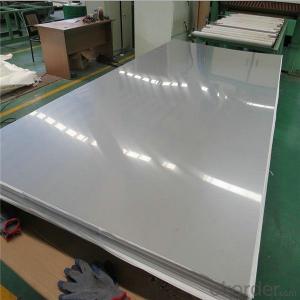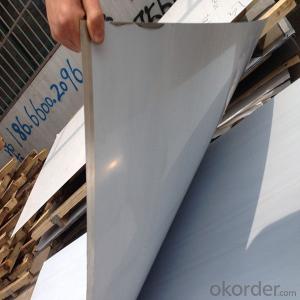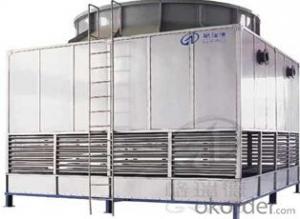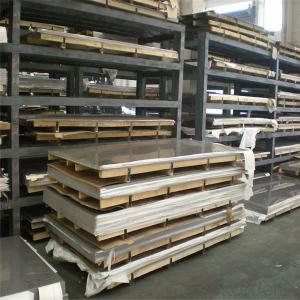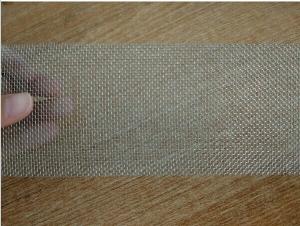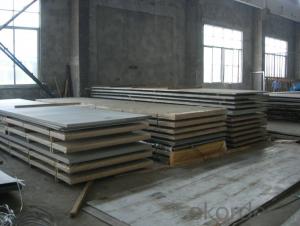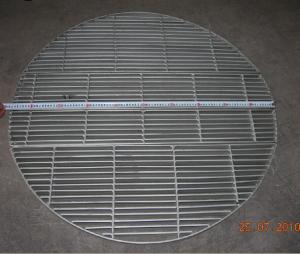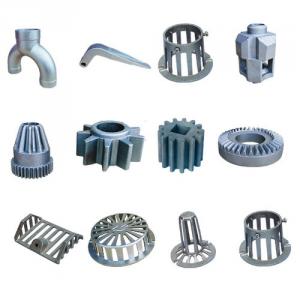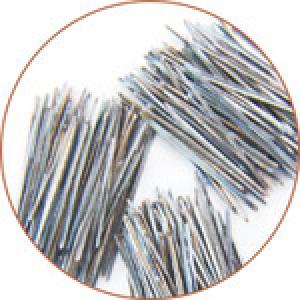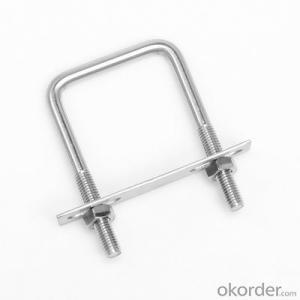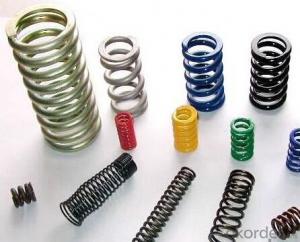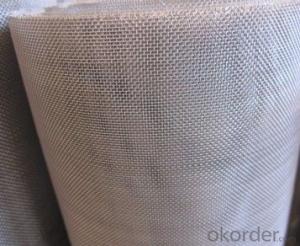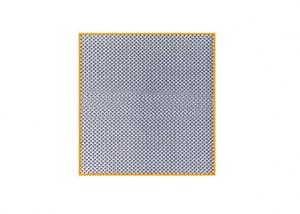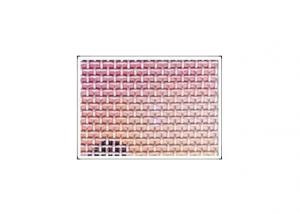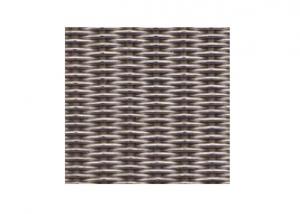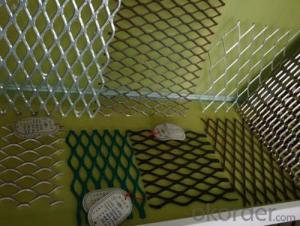Density Of Stainless Steel
Density Of Stainless Steel Related Searches
Stainless Steel Density Hardness Of Stainless Steel Density Of 304 Stainless Steel Density Stainless Steel Density Of Stainless Steel 304 Density Of 316 Stainless Steel Stainless Steel Hardness Density Of Stainless Steel 316 Weight Of Stainless Steel 304 Stainless Steel Density Conductivity Of Stainless Steel Stainless Steel Strength Stainless Steel Mohs Hardness Stainless Steel Density Lb/In3 316 Stainless Steel Density Stainless Steel Conductivity Emissivity Of Stainless Steel Stainless Steel Weight Properties Of Stainless Steel Composition Of Stainless Steel Stainless Steel Thickness Chart Stainless Steel Gauge Thickness Stainless Steel Composition Stainless Steel Texture Stainless Steel Yield Strength Stainless Steel Structure Stainless Steel Oxidation Cost Of Stainless Steel Melting Temp Of Stainless Steel Toxicity Of Stainless SteelDensity Of Stainless Steel Supplier & Manufacturer from China
Stainless steel is a versatile and widely used material known for its corrosion resistance, strength, and durability. It encompasses a broad range of products, including sheets, bars, pipes, and various other forms that cater to numerous industries and applications. Due to its unique properties, stainless steel is utilized in various sectors such as construction, automotive, aerospace, and food processing, among others.The density of stainless steel is an essential factor to consider when determining the weight and structural integrity of components made from this material. It varies depending on the specific grade and composition of the stainless steel, but generally, it falls within the range of 7.75 to 8.05 g/cm³. This characteristic, combined with its other properties, makes stainless steel suitable for a wide range of applications, from everyday household items to critical industrial components.
Okorder.com is a leading wholesale supplier of stainless steel products, offering a vast inventory of items with varying densities to meet the diverse needs of customers. By providing a comprehensive selection of stainless steel products, Okorder.com ensures that clients can find the perfect material for their specific project requirements.
Hot Products





